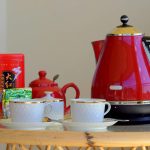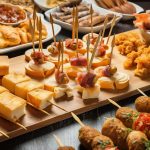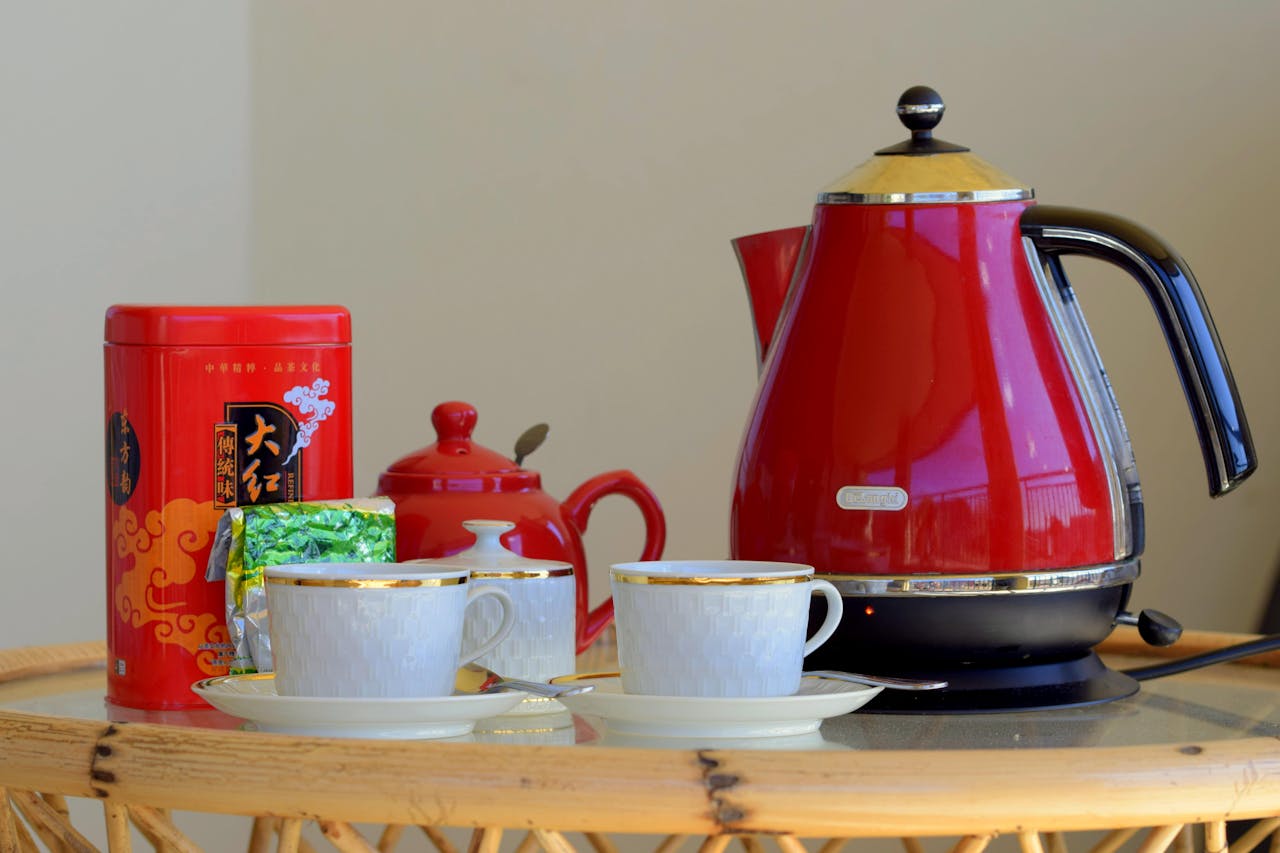In the quest for energy efficiency and eco-conscious living, every appliance in your home counts, including your humble kettle. Here we explore the most energy-efficient electric kettles available for UK households. We’ll consider factors such as the kettle’s power consumption, the time it takes to boil water, the materials it’s made from, and any special features that help to keep energy use down. This detailed review should help you in your quest to find the best performing and most eco-friendly kettle for your needs.
Energy Efficiency of Electric Kettles
Electric kettles are a staple in many UK households, providing hot water for tea, coffee, and other hot beverages. But how often do we pause to consider their energy use? The energy efficiency of electric kettles can vary widely, depending on their design and special features.
In the same genre : Which features are essential in a high-quality food processor for making baby food?
Electricity consumption is typically measured in kilowatt-hours (kWh), with an average kettle using around 0.1 kWh to boil a litre of water. However, some models are more efficient and can boil the same amount of water using less electricity. These are the types of kettles we’ll be looking at in this review.
Some features that can improve a kettle’s energy efficiency include temperature control, rapid boil settings, and a keep-warm function. Material is another factor. Stainless steel kettles, for example, can hold heat better than those made from plastic, helping to reduce energy use.
Also read : What safety features should you look for in an electric oven?
Temperature Control and Rapid Boil
Temperature control is a useful feature that allows you to adjust the boiling point of the water according to your needs. Not all hot drinks require boiling water, so being able to set the temperature can save energy.
Rapid boil is another energy-saving feature. These kettles are designed to bring water to boiling point more quickly than standard kettles, thereby reducing the amount of time the kettle needs to be powered on.
However, it’s important to note that while these features can save energy, they should be used judiciously. Constantly using the rapid boil feature or maintaining a high temperature can actually increase your energy use.
Material and Design
When it comes to material, stainless steel kettles tend to be the best for energy efficiency. Because stainless steel is an excellent conductor of heat, it can boil water faster and retain heat longer, reducing the need for reboiling.
The design of the kettle can also affect its energy efficiency. Kettles with wide bases, for example, have a larger surface area in contact with the heating element, which can lead to faster and more efficient boiling. Additionally, a well-insulated kettle can keep water warm for longer, eliminating the need for repeated boiling.
Special Features
In the race to manufacture the most energy-efficient kettle, many companies have introduced special features. One such feature is the eco mode, which minimises energy use by optimising the boiling process.
Another popular feature is the cup indicator, which lets you measure the exact amount of water you need. This prevents overfilling and unnecessary boiling, saving energy.
Some kettles also have a keep-warm function, which maintains the water at a certain temperature. This can be an energy-efficient option if you want to have hot water available throughout the day, but it’s crucial to use this feature wisely to avoid unnecessary energy use.
The Best Energy-Efficient Kettles
After considering numerous factors, we can now look at some of the best energy-efficient kettles that stand out in terms of their energy-saving features and efficiencies.
The Russell Hobbs 24363 Inspire Electric Kettle, for instance, boasts a rapid boil feature and a ‘perfect pour’ spout that reduces spillage and wasted water.
The AEG EWA7800-U 7 Series Digital Kettle is another high-performer, with a real-time temperature indicator and a OneCup Turbo function that boils a cup of water in under 60 seconds.
However, the standout is the Duronic EK30 Electric Kettle, which offers an eco mode, adjustable temperature control, and a keep-warm function. Its stainless steel body and wide base make it an efficient and effective choice for energy-conscious households.
Remember, the most energy-efficient kettle is one that suits your needs and habits. Always consider your usage patters and choose a product that will help you to reduce energy, save on cost and contribute to a greener planet.
Energy-Saving Habits and Practices
Apart from choosing the best kettle with energy-saving features, it is also crucial to develop energy-saving habits and practices at home. The way you use your electric kettle can significantly impact your energy consumption.
First, only boil the amount of water you need. Many people habitually fill the kettle to the top even when they only need one or two cups of hot water. This is a waste of energy and time. Most energy-efficient kettles have a water level indicator to help you measure the right amount of water and prevent overfilling.
In addition, avoid reboiling water. Reboiling not only wastes energy, but it also affects the taste of your tea or coffee. If your kettle has a keep warm function, use it wisely to maintain the temperature of the water without needing to reheat it.
When you need hot water, use your kettle instead of your stove or microwave. Electric kettles are designed to be more energy-efficient than other methods of heating water.
Lastly, remember to turn off and unplug your kettle when not in use. Even when it’s idle, your kettle can still draw power and contribute to your energy bill.
Conclusion: The Path to Energy Efficiency
In conclusion, finding the most energy-efficient electric kettle for your UK household involves considering the kettle’s energy consumption, the time it takes to boil water, the materials it’s made from, and any special features that help to keep energy use down. Brands like Russell Hobbs, Duronic, and AEG offer some of the best options on the market today.
However, energy efficiency is not just about picking the right kettle. It also involves adopting energy-saving habits and practices, such as only boiling the amount of water you need, avoiding reboiling, using your kettle instead of other appliances to heat water, and unplugging your kettle when not in use.
By making these small changes, you can make a big difference in your energy bill and your environmental impact. So, enjoy your hot cup of tea or coffee, knowing that you’re doing your part to save energy and the planet.






